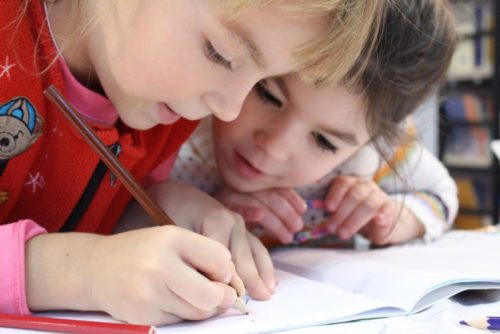
School Shootings: A Tool that can Help Stop this Horrible Trend
Ugh, yet another school shooting. Our hearts are all breaking once again. When will it ever end? What are the solutions? How can we help?

Ugh, yet another school shooting. Our hearts are all breaking once again. When will it ever end? What are the solutions? How can we help?

Laughter, running, jumping, being silly, twirling, smiling, creating—all are part of play and having fun! Instinctively, as parents and teachers, we know the importance of

Unfortunately, we live in a world where trauma happens. It might be a school shooting, a natural disaster, or a significant loss of a student,

I recently attended the Trauma Informed Schools Conference in St. Charles, MO, hosted by the Beyond Consequences Institute (a great trauma focused organization founded by




Join our community to get the latest tips, exclusive offers, and updates straight to your inbox. Don’t miss out—subscribe now and be the first to know!